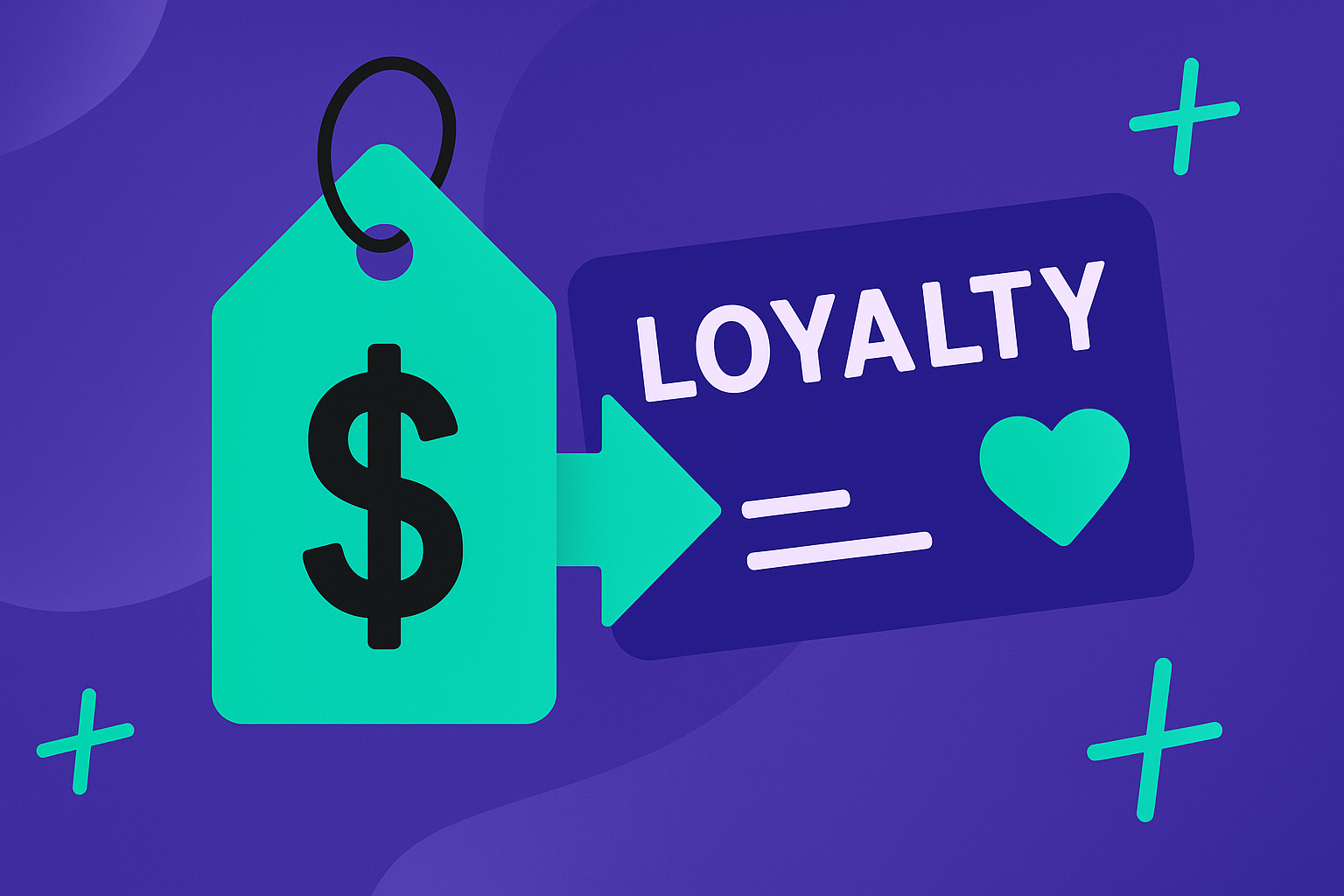The Ultimate Cross-Border Sales Guide For Ecommerce Businesses
In today's fiercely competitive business landscape, ecommerce has become a crucial revenue source for retailers. To stay profitable and relevant, businesses must think beyond their domestic borders and explore cross-border selling. This strategic approach opens up international markets, providing access to a vast new customer base. However, venturing into global markets has challenges, such as currency conversions, payment methods, operations, and shipping costs. In this guide, we will explore the world of cross-border ecommerce, providing you with specific insights and strategies to thrive in the global market.
1. Choosing the Right eCommerce Platform:
A crucial first step in cross-border selling is selecting a top-performing eCommerce platform that seamlessly handles international transactions. This could be in the form of a platform like Shopify or Big Commerce for direct to consumer sales in cross-border markets or marketplace platforms like Amazon, eBay, Alibaba, Walmart, and TheBay.com that offer third-party logistics services that streamline exporting and handling cross-border purchases.
Deciding between direct-to-consumer or marketplace for cross-border ecommerce is the first decision sellers need to make. As a seller you may opt to set up your business with both options which is a highly popular solutions for many brands as marketplace growth has gain momentum in the last few years.
2. Leveraging Global Marketplaces:
Marketplaces like Amazon, eBay, TheBay.com (in Canada) present retailers with a fantastic opportunity to expand into new markets and target diverse audiences with minimal investment. By listing your products on these platforms, you can reach international customers without managing complex logistics or exploring unfamiliar payment methods. Leveraging these established marketplaces can significantly reduce the barriers to entry for cross-border selling.
Online marketplaces offer services include order fulfillment, warehousing, and shipping, making it easier for online sellers to cater to international customers. These platforms also provide international shipping and local market support, but sometimes fall short on operations which is where you’ll need a third-party logistics partnership. We often see this happen as it pertains to the return management process of shipping and receiving returns in cross-border commerce.
3. Creating a Return Management Plan:
Some platforms will require international sellers to have a local address in the selling country solely for the purposes of return management. This might deter some ecommerce sellers from expanding to international markets because they do not have the resources or boots on the ground in another country to manage returns. There are solutions to help bridge the gap and help business owners who are planning for global expansion.
Marketplaces will take on the burden of managing a customer base and handling the demands of cross-border shopping and e-commerce sales, but they require sellers to take on return management. This is a fair trade for brands looking for a quick solution to sell cross-border. 30% of online sales end up being returned, which is why having a clear return plan for your business, whether you’re using a marketplace or DTC approach is crucial. That’s where third-party solutions like ReturnBear can help. ReturnBear will provide you with a local return address, manage your cross-border returns by inspecting, repacking, and reshipping your returned items.
4. Overcoming Payment Challenges:
One of the major hurdles in cross-border eCommerce is accepting payments from customers in different countries. International customers have diverse payment preferences, and your eCommerce store must accommodate them all. Using payment processing service providers like PayPal can be immensely beneficial for international sellers, as they offer solutions for accepting various credit cards globally. Additionally, PayPal handles currency conversions, simplifying transactions and ensuring a seamless checkout process for international customers.
5. Understanding Target Markets:
To succeed in cross-border selling, it is essential to have a deep understanding of your target market. Demographics, cultural norms, trends, and consumer behaviour vary significantly across countries. A marketing campaign that resonates with one market may not be as effective in another. Therefore, market research and analysis become indispensable tools in tailoring your eCommerce strategy for each target audience and segment. It’s true that online shoppers are looking for convenience, interesting products, and simple returns, but trends within different cultural contexts still exist and brands who will win the hearts and wallets of potential customers will do the research!
6. Optimizing Customer Support:
One of the biggest dealbreakers in the e-commerce market is bad customer services. Delivering exceptional customer support is critical in cross-border ecommerce. Different countries have distinct customer support expectations, and catering to those expectations can significantly impact your brand reputation. Utilizing social media platforms for customer support might be more effective in certain countries. Prioritizing customer satisfaction can lead to repeat business and positive word-of-mouth recommendations, which are invaluable in building a global customer base. Taking the time to understand the preferred method of customer support in your ideal market is critical. In Canada for example, 87% online shoppers prefer to digital modes of communication like online portals and are also open to using online chat, social media, and email.
Now this is the part of this article where we give you an unbiased breakdown of the advantages and disadvantages of cross-border trade and ecommerce.
Advantages of Cross-Border Selling:
- Access to New Markets: Cross-border ecommerce opens up opportunities to tap into untapped markets and diversify your customer base, potentially leading to increased revenue.
- Enhanced Competitiveness: Expanding internationally allows you to compete with global players, gain market insights, and adapt to emerging trends more effectively.
- Economies of Scale: Selling in larger markets may lead to economies of scale, enabling you to reduce costs and offer competitive prices.
- Brand Growth and Recognition: Establishing a presence in multiple markets can enhance your brand's reputation and recognition on a global scale.
Disadvantages of Cross-Border Selling:
- Legal and Regulatory Challenges: Different countries have varying regulations and tax requirements, which can complicate operations and increase compliance costs.
- Shipping and Logistics: International shipping can be complex and costly, especially for bulky or perishable products.
- Currency Fluctuations: Currency exchange rates can affect pricing and profits, introducing financial risks for cross-border sellers.
- Cultural and Language Barriers: Adapting to different cultures and languages can be challenging, requiring localized marketing efforts and communication strategies.
Cross-border eCommerce presents a significant opportunity for retailers to expand their reach and gain a global customer base. An exceptional eCommerce strategy that addresses payment challenges, shipping logistics, return management, and target market specifics is vital to succeed in international markets. By prioritizing customer experience and support, businesses can build a solid global reputation and foster customer loyalty. With the ongoing global shift towards online shopping, now is the perfect time to embrace cross-border selling and take advantage of the vast potential in the global market. With careful planning, execution and the right third-party partners, cross-border eCommerce can be a powerful tool for growth and success in the ever-evolving world of online retail.
To learn more about how to manage returns for cross-border ecommerce reach out and we’ll be happy to set you up with a return management solution that will save you up to 3x in return shipping costs!













.jpg)






%20(1).jpg)







































